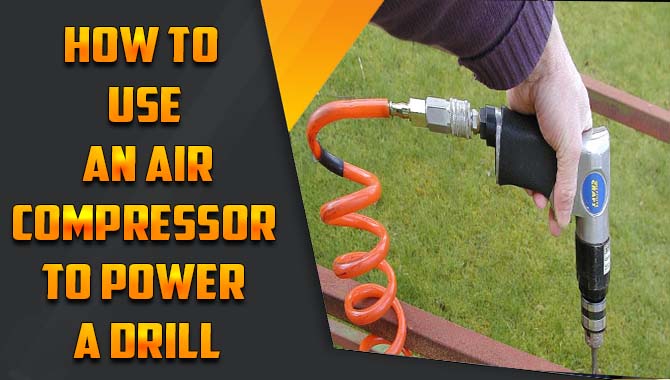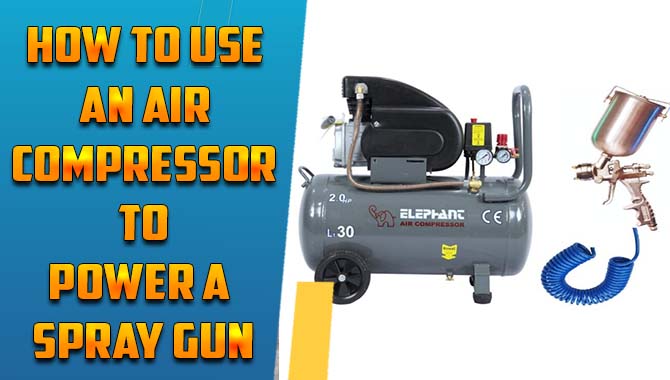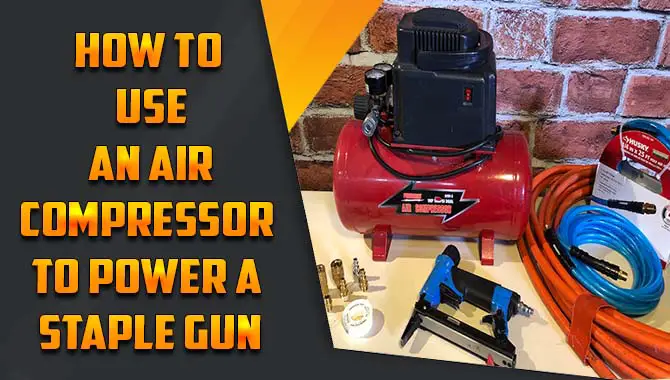Air compressors are essential for many industries, from construction to automotive repair. However, like any mechanical device, they can experience problems and breakdowns.
Troubleshooting air compressor issues can be daunting, but with some basic knowledge and a few simple steps, you can identify and fix many common problems on your own. Here we will cover all the common problems you might face with your air compressor and how to troubleshoot air compressor problems effectively.
We’ve got you covered for leaks, hose problems, vibration, excessive noise to fuse trips, reservoir issues, and inadequate pressure at the tooltip. So buckle up and get ready to solve all your compressor problems with easy-to-follow solutions.
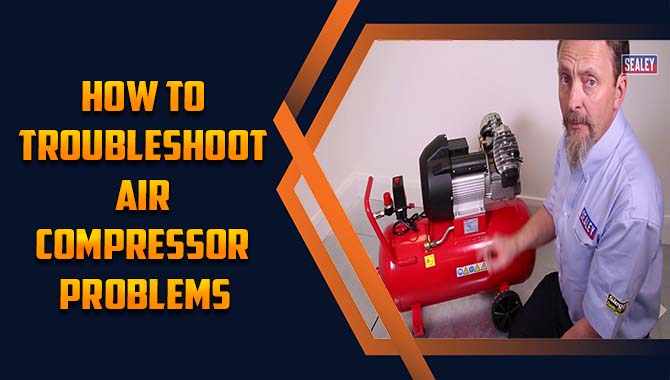
How To Troubleshoot Air Compressor Problems – With Easy Way
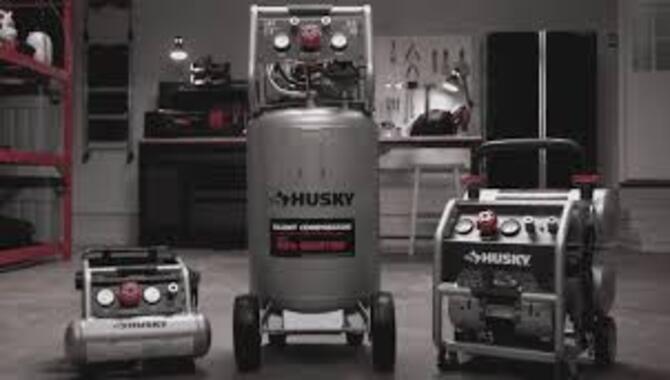
How to troubleshoot air compressor problems; there are easy way to troubleshoot them without breaking a sweat. Begin by ensuring the power source is functional, and the compressor is properly plugged in. Afterward, inspect the air filter carefully and replace it if necessary.
Then look for leaks in hoses and connections and a faulty pressure switch. Ensure that there’s no damage or wear on the pump while cleaning any clogged valves/regulators to keep your compressed air flowing smoothly. Remember to perform regular maintenance to prevent future issues from creeping up.
1. Common Air Compressor Leaks
Identifying Common Air Compressor Leaks is crucial as they can stem from different sources such as tanks, hoses, and fittings. Before taking corrective action, it’s necessary to correctly identify the type of leak. Loose connections or defective parts are usually responsible for it.
When inspecting the compressor for leaks, check that the pressure relief valve isn’t stuck open. Rust and corrosion signs on the tank may indicate that replacement is necessary. With preventative maintenance, you can avoid similar problems in the future by checking for air leaks regularly.
2. Troubleshooting Compressor Intake Issues
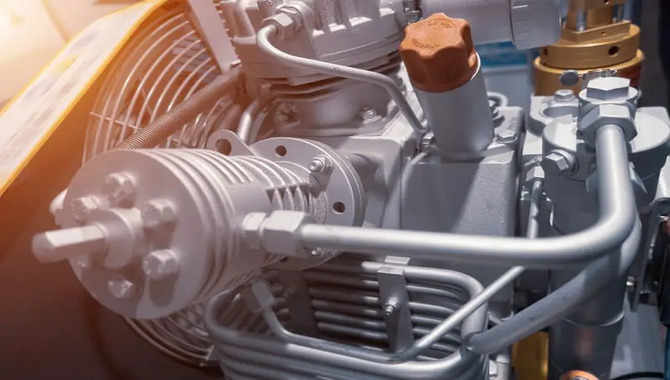
When troubleshooting air compressor intake problems, start by checking for clogs or obstructions in the air intake filter. Next, inspect the air intake valve to ensure it’s working correctly. Then, search for leaks in the intake system like loose connections or damaged hoses.
If these steps fail to resolve the issue, consult a professional for diagnosis and repair. By doing preventative maintenance regularly with parts like cleaning your compressor’s air filter and checking its oil level and viscosity can prevent these problems from occurring again.
3. Fixing Air Hose Problems
Air hose problems can be frustrating, but there are some easy ways to fix them. Start by checking the hose for any visual signs of damage, such as cracks or splits in the material. If there is an issue, replace the damaged section immediately. Next, make sure the fittings are secure and not leaking air.
You can use a soapy water solution to help identify any leaks. Finally, ensure that the hose has enough slack so that it doesn’t pull tight when in use. By performing regular checks and maintenance on your air hose, you can prevent future issues from occurring and keep your compressor running smoothly.
How To Reduce Compressor Vibration
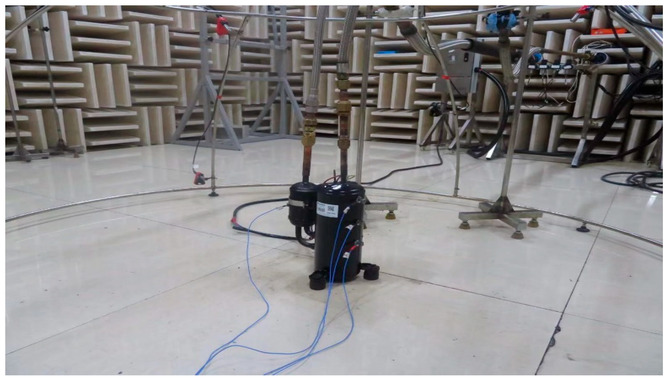
Reducing compressor vibration is essential to avoid future compressor problems like excessive noise or air leaks. You can reduce compressor vibration by regularly checking the alignment and tightening loose parts. Another way to reduce compressor vibration is by installing pads that absorb excessive oil or cooler vibrations.
Regular maintenance and proper cleaning of the air filter also help control condensation that can lead to compressor tank problems. A regular check-up for any source of the leak and using different accessories, such as a pressure gauge or power switch, while troubleshooting air compressor problems help identify culprits early on.
Inspecting The Crankshaft For Damage
Crankshaft inspection is crucial for proper air compressor maintenance. It converts reciprocating motion into a rotational motion for efficient functioning but may get damaged due to wear and tear or improper lubrication.
Check for signs of damage, such as cracks or warping, when inspecting it and compare its dimensions accurately using a micrometer with manufacturer specifications before deciding if it needs replacement.
Regularly following these steps for crankshaft inspection and performing preventative maintenance on different parts, such as valves and gaskets, can help avoid common problems like air leaks.
Troubleshooting Fuses And Breaker Trips
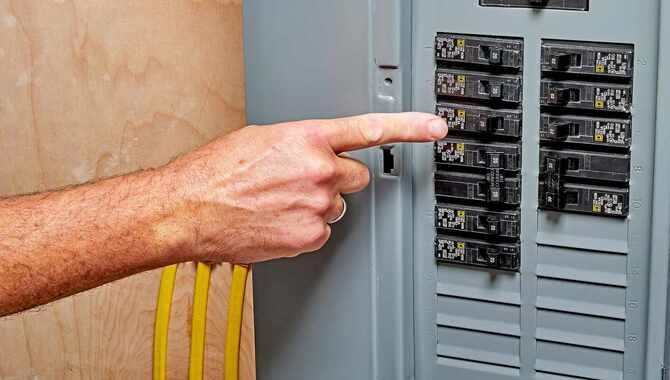
It can be frustrating if your air compressor’s fuses keep blowing or breakers keep tripping. But don’t worry; electrical problems are common in air compressors and can easily be fixed by following simple steps. Start by checking for grounded circuits or overloaded outlets.
Then ensure that wiring and connections are tight and secure. Once done, test the fuses or breakers to determine if they need replacement. Remember to hire a professional if you’re unsure of electrical issues. By conducting regular maintenance, you can avoid such problems in the future.
How To Fix Compressor Reservoir Issues
Regular maintenance can help fix common problems related to compressor reservoir issues. To begin with, check for air leaks in the tank and its fittings. Ensure that the pressure relief valve is functioning correctly, and clean/replace the check valve if it’s not working as expected.
Accumulated moisture in the tank can lead to rust and corrosion; therefore, it’s essential to drain any accumulated moisture regularly. Repair or replace damaged parts of the compressor’s reservoir system if needed.
How To Troubleshoot Compressor Only Hums
If your air compressor only hums, it could be for various reasons. Begin by checking for power issues such as tripped circuit breakers or blown fuses. Examine the motor and capacitor for damage or malfunctioning. Ensure that there are no obstructions in the air intake or discharge valves. Verify if the pressure switch is set appropriately and if necessary, replace it.
Additionally, check that the oil level in your compressor is sufficient and free from contaminants. To avoid this issue in the future, practice regular maintenance on your compressor’s components like valve plate, piston rings, cylinder head gasket, crankshaft bearings, mounting bolts, cooler, pulley, and cleaning of air filter, to name a few common problems.
How To Deal With Excessive Noise from The Compressor
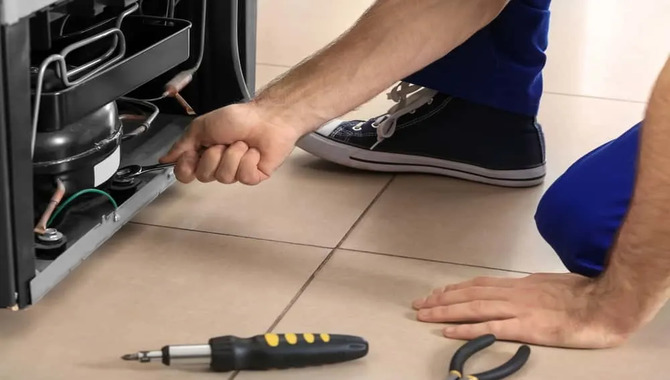
Reduce noise levels from an air compressor effectively by following some simple steps. Loose parts, worn-out mounting pads, and debris or dirt build-up are some of the culprits that cause excessive noise in air compressors.
Tighten any loose parts and replace worn-out mounting pads before cleaning the components to eliminate any buildup of debris or dirt. Installing sound-deadening materials like rubber mats or insulation around the compressor can also help significantly in reducing noise levels.
Checking The Oil Levels In The Compressor
Maintaining proper oil levels is crucial for an efficient and long-lasting air compressor. Checking the oil level regularly can prevent common problems like low pressure, excessive noise, or compressor failure. To check your compressor’s oil levels, shutting off and unplugging the unit.
Then, clean the dipstick from the filler hole before placing it back in. Finally, remove it again to verify that there’s enough oil and that its viscosity is correct. Regular maintenance is key to preventing compressor problems caused by different reasons such as leaks from valves, gaskets or hoses, vibration, or contaminated milky oil.
Understanding Extreme Air Heat At Discharge
Excessive heat during discharge in an air compressor is an indication of faulty equipment. Proper lubrication is critical; ensure regular checks on oil levels and quality.
Monitoring the pressure switch is vital as it contributes to excessive heat buildup. Addressing the cooling system through cleaning or replacement is necessary to avoid overheating. Preventative maintenance, such as regular inspections, prevents future issues with extreme air heat at discharge.
What Causes Milky Oil In The Reservoir?
Milky oil in an air compressor reservoir is usually a sign of contamination, which can cause damage to the equipment if left unchecked. Common causes of milky oil include moisture condensation, leaking or damaged gaskets, or a failed separator element.
It’s essential to identify the root cause of the contamination and take corrective action promptly. Regular maintenance practices like draining accumulated condensate, replacing damaged components, and using high-quality lubricants can prevent milky oil buildup and protect your air compressor from damage.
How To Fix Inadequate Pressure At The Tool Tip
Inadequate air pressure at the tool tip can significantly slow work progress and result in frustration. If necessary, check the compressor’s intake filter for dirt build-up and replace it. Confirm that the regulator setting matches your tool’s required pressure specifications.
Inspect your tool for blockages or damage that might lead to low-pressure issues. Upgrading to a higher-capacity air compressor may be necessary if all other troubleshooting methods fail.
Conclusion
Troubleshooting air compressor problems can be frustrating and time-consuming, but it is essential for maintaining the proper functioning of your equipment. Air compressors are a crucial part of many industrial and household applications. It is important to maintain and troubleshoot them regularly to avoid any major breakdowns.
A thorough understanding of the common problems and their solutions can save you time, money, and frustration. Remember to always follow safety guidelines while troubleshooting, repairing, or maintaining your air compressor. If you’re facing any issues with your air compressor, you have got your solution on how to troubleshoot air compressor problems.
Frequently Asked Questions:
What Are The Benefits Of Troubleshooting Air Compressor Problems?
Troubleshooting air compressor problems has numerous benefits, such as saving time and money, preventing damage to the compressor and other equipment, increasing lifespan, and improving overall efficiency. Regular troubleshooting can prevent bigger issues and ensure optimal performance.
How Do You Troubleshoot An Air Compressor Problem?
When troubleshooting air compressor problems, check the power source and ensure proper plugging. Inspect and clean or replace the air filter, fix any leaks or damaged hoses, and adjust the pressure switch if necessary. These steps can help resolve common issues with air compressors.
What Are The Signs Of A Bad Or Failing Air Compressor?
If you notice reduced airflow or pressure, unusual noises like knocking or grinding, oil or coolant leaks, or difficulties starting your air compressor, it could be a sign of a bad or failing unit. Keep an eye out for these indicators to catch any issues early on and prevent further damage.
What Are Some Common Problems That Can Occur With An Air Compressor?
Air compressors can experience low or no pressure, hose or fitting leaks, dirty air filters, overheating, and tripped breakers. These issues can affect the compressor’s performance and require troubleshooting and maintenance.
Are There Any Safety Precautions I Should Take When Troubleshooting Air Compressor Problems?
When troubleshooting air compressor issues, prioritize safety by turning off and unplugging the machine, wearing protective gear, and following the manufacturer’s instructions. If unsure or uncomfortable with troubleshooting, it’s best to seek professional assistance.

I am passionate about home engineering. I specialize in designing, installing, and maintaining heating, ventilation, and air conditioning systems. My goal is to help people stay comfortable in their homes all year long.
